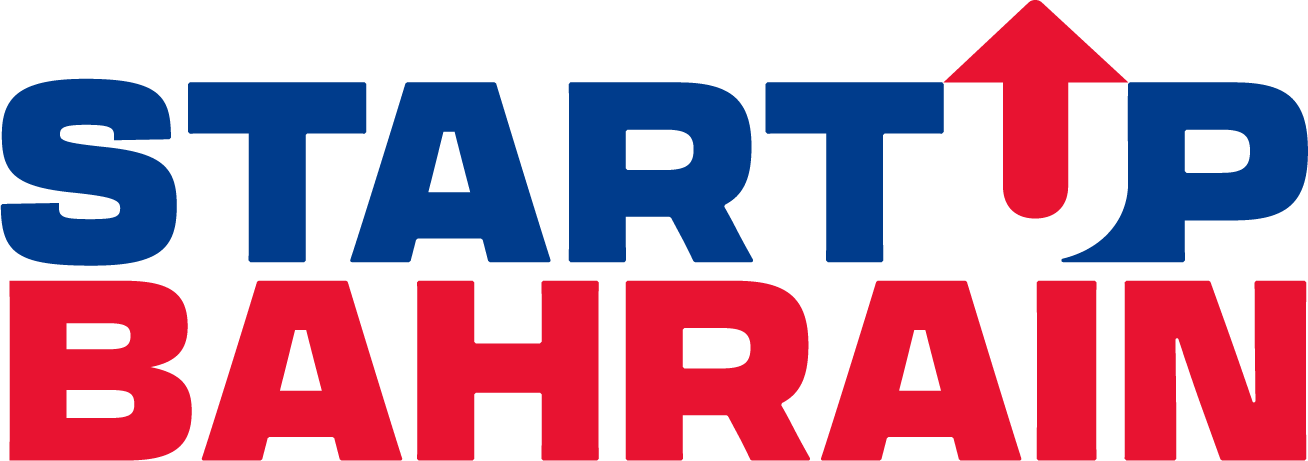The startup growth trap: why bigger isn’t always better
Startups love the idea of scaling fast—hiring more people, expanding to new markets, and spending big on marketing. But scaling too early is one of the fastest ways to kill a business.
Many founders assume growth = success, but what they don’t realize is that scaling before profitability creates a financial black hole. If you burn through cash without a sustainable business model, you’ll run out of money before you ever break even.
Here’s why profitability should come before aggressive scaling—and how startups can grow at the right pace without crashing.
-
Startups that scale before profitability burn Out fast
Many startups scale based on investor funding rather than actual demand, leading to cash burn, inefficiency, and premature expansion.
- Bigger Teams = Higher Burn Rate – Hiring too many people too soon inflates payroll, even if revenue isn’t stable.
- Expanding to New Markets Too Soon – If you enter a market before proving product-market fit, you waste resources on the wrong audience.
- Marketing Too Aggressively Without Sustainable Revenue – Paid ads and promotions can inflate growth artificially, masking deeper business issues.
📌 Example: A Saudi delivery startup expanded to five cities in its first year, only to realize that its unit economics weren’t sustainable. Within 18 months, it ran out of cash and shut down.
💡 Key takeaway: Scaling without a solid revenue model turns startups into cash-burning machines—leading to failure.
-
Profitability = survival (even when investors walk away)
Startups that rely entirely on external funding rather than profitability are vulnerable to market downturns and investor pullbacks.
- VC money dries up fast – Investors fund scalable, profitable businesses—not startups that endlessly burn cash.
- Economic downturns hit non-profitable startups hard – When capital markets tighten, only cash-flow-positive businesses survive.
- Profitable startups have more control – They aren’t forced to take bad deals or sell equity cheaply to stay alive.
📌 Example: A Bahrain-based SaaS company bootstrapped to profitability before raising funding—giving them leverage to negotiate better investor terms.
💡 Key takeaway: When a startup is profitable, it can grow on its own terms rather than being at the mercy of investors.
-
Profitability first, growth second—the smart startup strategy
The best startups grow sustainably by achieving profitability before scaling aggressively. This ensures that each growth step is financially viable.
- Phase 1: Achieve product-market fit – Validate demand before spending big on marketing or hiring.
- Phase 2: Reach breakeven first – Ensure that revenue at least covers core operating expenses.
- Phase 3: Scale based on profitable growth – Expand only when every new customer adds real profit to the business.
📌 Example: A UAE-based proptech startup focused on profitability before expansion, ensuring that each new city launch was self-sustaining.
💡 Key takeaway: If your unit economics don’t work, scaling will only make the problem bigger.
-
The dangers of “vanity growth”—why more users ≠ more success
Many startups chase vanity metrics (users, downloads, press coverage) rather than profitable, paying customers—leading to false confidence in growth.
- High customer acquisition costs – Spending more on ads than you make per customer = financial disaster.
- Free users don’t mean success – Many startups offer free trials but fail to convert users into paying customers.
- Expansion without retention kills businesses – If customers don’t stick around, scaling won’t fix the underlying problem.
📌 Example: A GCC fintech startup spent millions acquiring new users but struggled with retention. The result? High burn rate, no sustainable revenue, and eventual shutdown.
💡 Key takeaway: If your growth isn’t profitable, it’s a ticking time bomb.
-
When should you actually scale? signs you’re ready
Scaling works only when the business model is validated—not when you’re still experimenting.
- You have a proven revenue model – Every new customer brings in more revenue than the cost of acquiring them.
- Your retention rates are high – If customers stick around and keep paying, you have a scalable foundation.
- Your operations can handle growth – Your supply chain, team, and processes are optimized to handle more demand.
📌 Example: A Bahrain-based subscription business waited until its churn rate was below 5% before investing in marketing scale—ensuring stable, long-term growth.
💡 Key takeaway: Don’t scale just because you can—scale when your business is ready.
-
The “Lean Growth” model: scaling without burning cash
The best startups grow using a lean model—scaling only what’s necessary while staying profitable.
- Automate & optimize first – Use AI, automation, and streamlined processes before hiring aggressively.
- Grow organically before spending big on Ads – Focus on referrals, partnerships, and word-of-mouth before heavy paid acquisition.
- Use profits to fund expansion – Reinvest revenue, not just investor money, into sustainable growth.
📌 Example: A Dubai-based SaaS startup scaled profitably by prioritizing organic growth channels before investing heavily in paid marketing.
💡 Key takeaway: Grow smarter, not faster—lean growth ensures long-term survival.
-
What happens if you scale too early? (real consequences)
Scaling too soon is one of the top reasons startups fail—and it usually happens in predictable ways.
- You run out of cash before profitability – If expenses grow faster than revenue, you hit a financial wall.
- Your operations collapse under pressure – Scaling before optimizing means customer service, logistics, and product quality suffer.
- You have to lay off employees & downsize – Many startups that scale too fast end up cutting jobs and closing locations.
📌 *Example: A MENA-based ride-sharing startup raised millions, scaled aggressively, and then had to shut down operations in multiple countries due to unsustainable costs.
💡 Key takeaway: Scaling too early forces painful layoffs, financial losses, and often, complete shutdowns.
Final thoughts: profitability first, scaling second
Many startups fail not because they didn’t scale, but because they scaled too soon.
- Growth should be fueled by revenue, not just funding.
- Achieve product-market fit and profitability before aggressive expansion.
- Focus on retention and sustainable revenue before scaling.
- Avoid vanity metrics—real success comes from profitable growth.
- Lean growth beats reckless expansion every time.
🚀 Want to build a startup that actually lasts? Scale smart, not fast.







